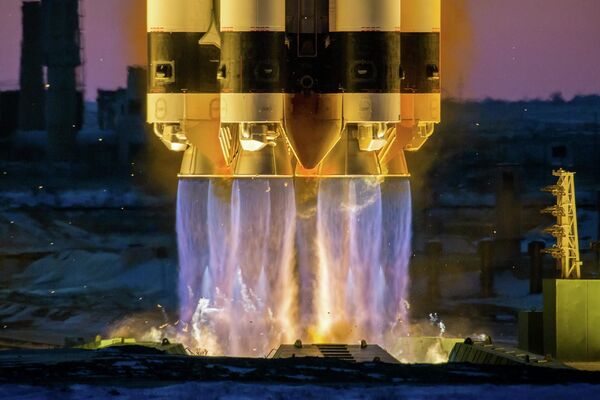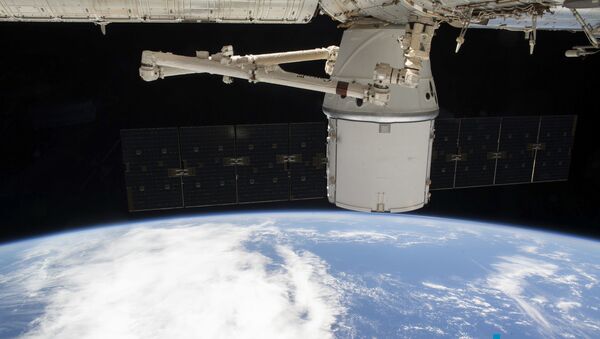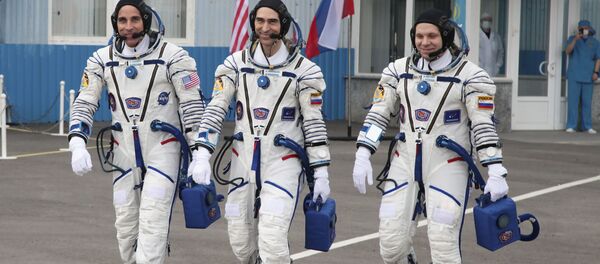The International Space Station (ISS) has lifted its orbit by 900 metres in order to evade a piece of a booster stage from a Proton-K (western designation SL-12) rocket that was used to send a Soviet-era craft into space in September 1987, NASA said. The manoeuvre was performed using the thrusters of the Russian spacecraft Progress MS-14, which had docked at the ISS on 25 April of this year.

Proton-K rockets were used in two successful spacecraft launches, on 3 and 16 September 1987, but it's unclear which rocket debris the ISS evaded on 3 July. One of the launches sent GLONASS (Soviet analogue of GPS) satellites into orbit, while the other spacecraft carried a Soviet TV satellite.
The 3 June manoeuvre was the 26th junk-evading mission in ISS's history. ISS needs to change its position from time to time to keep debris from prior launches damaging the station's hull. A previous manoeuvre took place in September 2015.
This measure is taken quite often due to the ISS rotating inside so-called lower Earth orbit, which is more littered with space junk than higher levels. If the debris threat is detected too late for a safe evasive manoeuvre, ISS personnel are evacuated to a spacecraft that delivered them to the station in order to be ready to depart if the ISS is severely damaged. Such evacuations took place on at least four occasions between 2009 and 2015.






